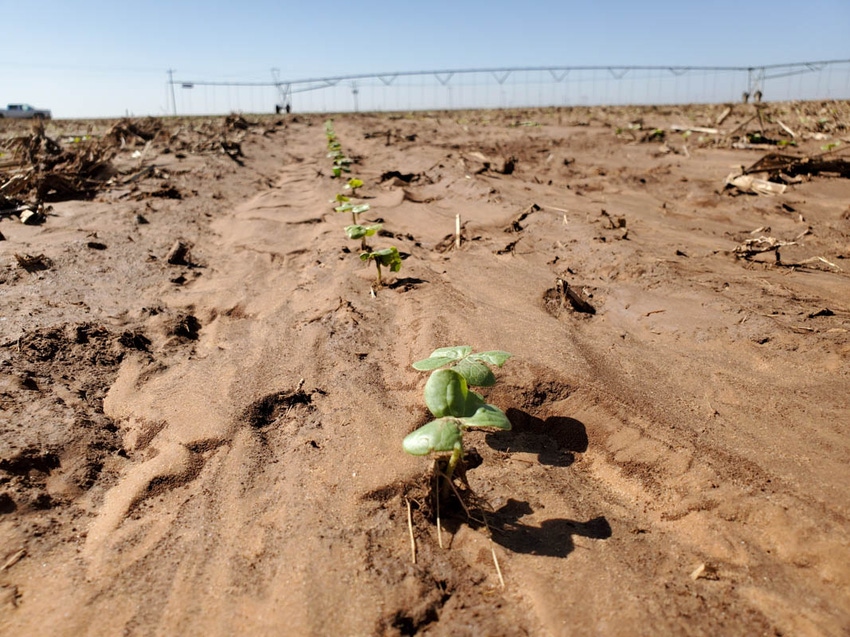
This season’s weather is provoking a lot of frustration among farmers, and confusion among market analysts.
We have been in an El Niño pattern since last fall, and it is predicted to continue into this coming fall. El Niño patterns frequently result in wetter than normal weather, and we have certainly seen that already.
This wet weather has disrupted intended plantings of spring crops. Some, maybe a huge number, of intended cotton plantings have been prevented in the Southern Plains. Other land has been planted late. A similar situation exists for corn acreage in the Midwest.
The short-term market reaction has been a rally in new crop corn futures while new crop cotton has been range bound. This, in turn, incentivized some last-minute revisions to planting (or replanting) intentions. The wet weather has even messed with these back-up plans.
From an analyst standpoint, this situation has added a lot more than the usual amount of uncertainty into the supply question. Typically, the extra moisture associated with El Niño patterns results in below average cotton abandonment and above average cotton yields. This year the situation has set up a reduction in acres as a potential offset to higher productivity per harvested acre.
This uncertainty is manifesting itself with the normal flow of supply and demand information. First, the June World Agricultural Supply and Demand Estimate report from USDA made no changes to the U.S. cotton supply and demand numbers, compared to May. I don’t fault them for waiting until July, when normally we would have a benchmark Planted Acreage report from USDA. This year, however, the late planting will raise more questions about the accuracy of those numbers.
The uncertainty will likely stretch into August when we have the first USDA National Agricultural Statistics Service field sampling and proven yield data, as well as FSA certified acreage data. Then, because of the lateness of plantings, we will have to wait and see how the fall maturation season goes, and whether these late crops have enough heat units and sunshine to combine with all the moisture to realize their potential.
I expect all this uncertainty will result in range-bound futures prices going into the fall. Confirmation of the crop size, whenever that happens, could support the price range. Or, if the crop is surprisingly large, it could weaken prices further. On the other hand, surprises in the form of hurricanes, early freezes, or trade dispute resolutions might cause short hedge funds to send the market higher in a short covering rally. If you ask me which scenario it will be, I think I’ll just kick the can down the road.
For additional thoughts on these and other cotton marketing topics, please visit my weekly on-line newsletter at http://agrilife.org/cottonmarketing/.
About the Author(s)
You May Also Like




